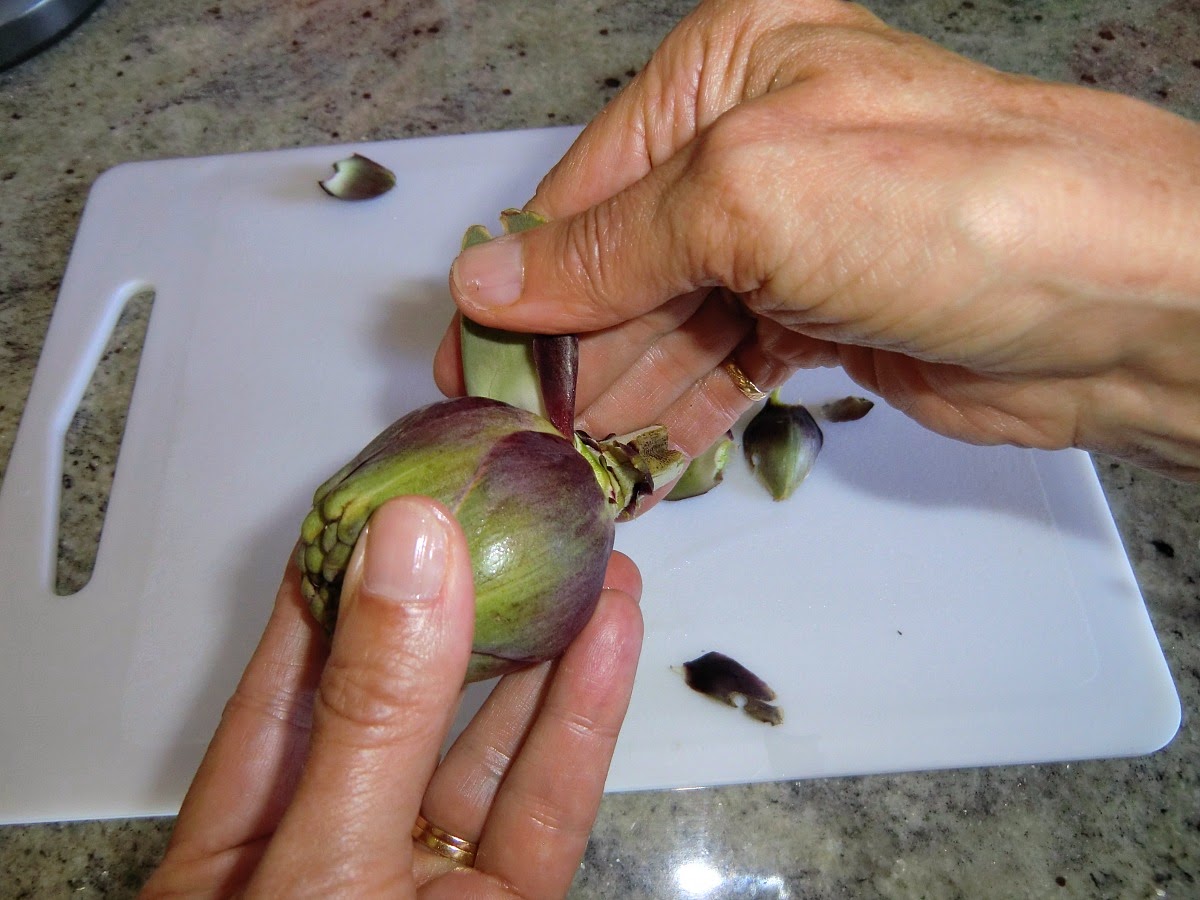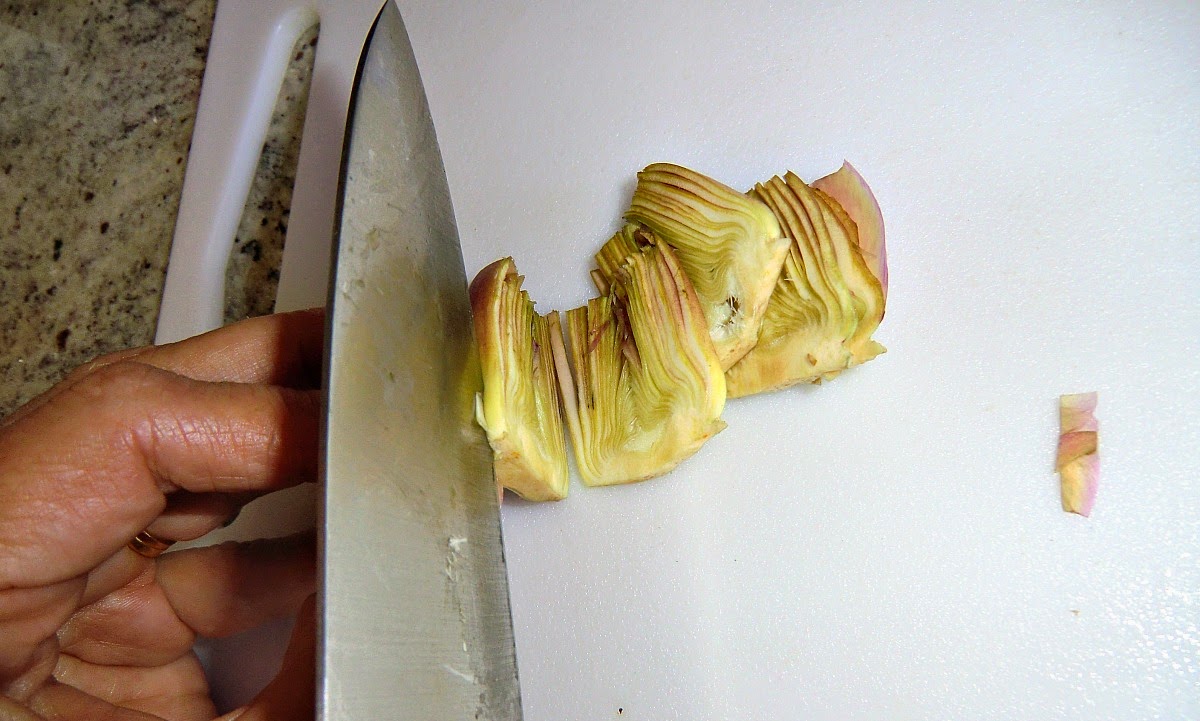What is a verrine ?
A verrine is a small thick glass container meant to contain a starter or dessert. A French chef is said to have invented the verrine dessert in 1994. Different layers can be nicely displayed this way. Nowadays verrine starters are becoming more and more popular. A verrine can also be served as an apéro, “a pre-dinner drink and nibbles”.
The following verrine, Verrine of smoked salmon, fromage blanc, green pepper and quinoa, would make an elegant and healthy starter.
Fromage frais or fromage blanc is a soft, unaged, creamy fresh cheese made out of whole or skimmed milk and sometimes cream. Fromage frais literally means “fresh cheese”, and fromage blanc simply means “white cheese”. According to the French legislation, fromage frais must contain live flora at the time of sale to the consumer, whereas with fromage blanc the fermentation has been halted.
I personally don’t find much difference in taste between the two. I choose the one which is practically fat free, but has vitamin D added. Fromage blanc and fromage frais are super sources of protein and calcium, and the fat free types do not contain saturated fatty acids.
Verrine of smoked salmon, fromage blanc, green pepper and quinoa
4 starters
4 slices of smoked salmon
200 ml fromage blanc, 0% fat
2 medium (or one large) green peppers
1 tsp lemon juice
3 tsp olive oil
200 ml cooked quinoa
Freshly ground black pepper
Almost a handful of fresh dill
Wash the dill. Reserve a few branches for decoration and cut and mix the rest in a bowl with fromage blanc. Mix in freshly ground black pepper.
Wash the peppers and cut them into very small pieces. In a bowl, mix them with olive oil, lemon juice and black pepper.
Cut the salmon into small pieces.
Divide the cooked quinoa in the bottom of 4 glasses. Then divide the pepper mixture, fromage blanc and smoked salmon in the glasses. Decorate with a few branches of dill and serve at once.
Goes very well with champagne or sparkling wine!






































